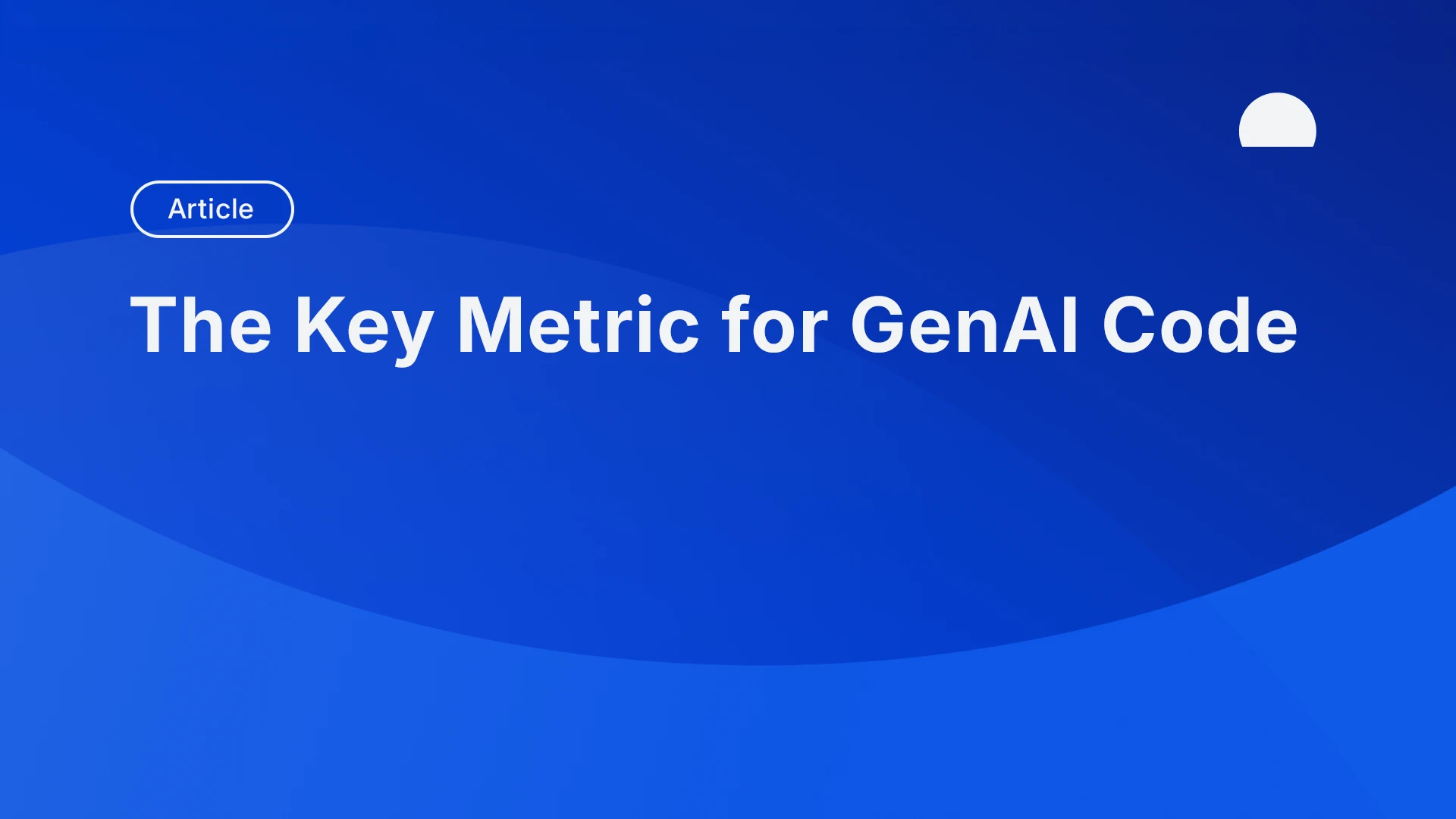The Impact of Software Anti-Patterns in Vendor Transition


Introduction
Vendor transitions in software development often introduce hidden risks that can derail future productivity. When a project developed by an external vendor is handed over to an internal team, the code may contain deeply embedded software anti-patterns. These are poor coding practices that appear functional but ultimately lead to increased technical debt, reduced maintainability, and security vulnerabilities.
According to BlueOptima’s Vendor Handover Hazards Report, repositories in which vendors contributed more than 60% of the code showed notably higher levels of post-handover technical debt. In 75% of cases where anti-patterns were present before transition, aberrant coding effort remained high even after the internal team took over.
In this article, we explore the most common software anti-patterns, how they impact vendor transitions, and strategies for early detection and mitigation. With proper intervention, organisations can avoid inheriting poorly structured, difficult-to-maintain software and ensure a seamless transition.
What Are Software Anti-Patterns?
Software anti-patterns are coding practices that may seem effective in the short term but introduce inefficiencies, security risks, and maintenance challenges. These issues are common in vendor-developed code due to tight deadlines, lack of internal oversight, and missing coding standards.
While anti-patterns exist across various domains, vendor transitions often amplify their impact. Poorly structured vendor code can force internal teams into lengthy debugging cycles and complex refactoring efforts, slowing down feature development and increasing operational costs.
Insights from McKinsey highlight how ignoring anti-patterns leads to technology transformation failures. Ensuring early detection during vendor transitions is essential for preventing long-term inefficiencies. With that in mind, we can look at some of the main culprits below.
Common Anti-Patterns in Vendor Handovers
Detailed analysis in the Vendor Handover Hazards Report identifies key anti-patterns that frequently cause maintainability issues post-handover. Below, we will outline the profile of the more common anti-patterns found in vendor code.
Many of these patterns contribute to ‘Spaghetti Code’, a term describing chaotic, unstructured, and overly complex software that is difficult to modify or extend. Spaghetti Code emerges when logic is tangled, dependencies are excessive, and modularity is lacking, making even small changes risky and time-consuming.
The following anti-patterns, identified in vendor-heavy repositories, create similar entanglement and maintainability risks, making post-handover development significantly more difficult.
God Class:
A God Class tries to do too much, handling multiple responsibilities in one place. This makes the code hard to modify, highly interdependent, and prone to bugs. It also violates the Single Responsibility Principle (SRP). God Classes are one of the strongest predictors of post-handover unmaintainable effort.
Lack of Code Readability:
Unreadable code—whether due to poor documentation, inconsistent formatting, or overly verbose explanations—slows down onboarding and increases errors. When developers cannot quickly understand a codebase, technical debt accumulates, and mistakes become more likely.
Method Complexity:
Overly long, deeply nested, or highly branched methods make debugging and testing difficult. Complex methods increase the risk of hidden defects and force teams to spend more time refactoring after vendor handover.
Functionality Overload:
Some classes or methods handle more than they should, often due to unchecked feature additions. This leads to tightly coupled code, where changes in one area can break functionality elsewhere. In vendor projects, this is common when features are added without proper architectural planning.
File Complexity:
Large, multi-purpose files with too many interdependencies make vendor handovers difficult. Changes in one part of the file can have unintended consequences, and debugging takes longer. Post-handover, teams often need extensive refactoring before they can make meaningful improvements.
These, among other, anti-patterns contribute to higher maintenance costs, slower onboarding, and security vulnerabilities in vendor transitions.
The Business Impact of Anti-Patterns
Vendor-inherited anti-patterns create significant financial and operational challenges, increasing debugging time, delaying feature rollouts due to extensive refactoring, and introducing regulatory and security risks from hardcoded secrets and weak encryption, which can lead to compliance violations.
For example, a global financial institution featured in BlueOptima’s report inherited a vendor-built application with multiple God Classes, leading to a 40% increase in debugging time and a six-month delay in planned feature releases.
Detecting and Preventing Anti-Patterns in Vendor Code
To avoid inheriting problematic code, organisations should adopt proactive strategies before and after vendor handover:
1. Automated Code Audits
Use Developer Analytics to scan codebases for structural weaknesses and maintainability risks.
2. Code Quality Metrics
Implement benchmarks like BlueOptima’s Analysis of Relative Thresholds (ART) metric to quantify maintainability.
3. Pre-Handover Code Reviews
Internal teams should assess vendor code before final sign-off to prevent major flaws from entering production.
4. Security Scans & Secrets Detection
Tools like BlueOptima’s Code Insights can detect hardcoded credentials and potential vulnerabilities.
Conclusion
Vendor transitions should not result in inherited technical debt and unmaintainable software. By proactively detecting anti-patterns, organisations can lower maintenance costs, improve system stability, and streamline internal development.
Learn more by downloading the Vendor Handover Hazards Report today.


















